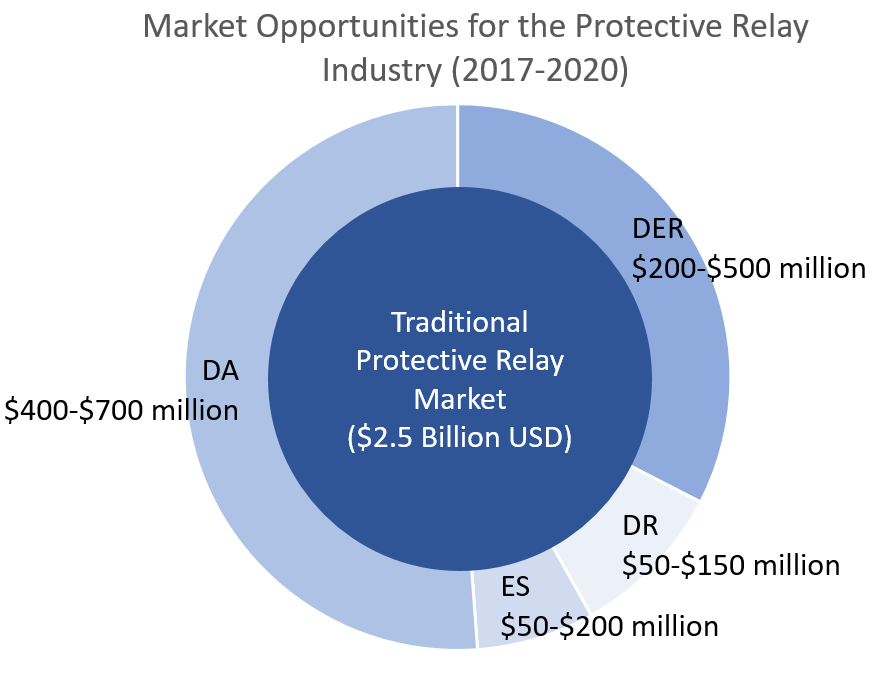Newton-Evans Research Company continues to assess the results of its six-month research study of protective relay usage patterns in the world community of electric power utilities. Findings from 114 large and mid-size utilities in 28 countries point to some newer trends in adoption and use of protection and control technology.
Importance of Purchasing “Known” Relays: Sixty-five percent of the North American respondents strongly agreed with the statement, “It is important that we purchase known relays (a proven product with which we have had prior experience).” Overall, 97% of North American respondents strongly agreed (65%) or agreed (32%). Three people were neutral about this statement. None of the respondents expressed any level of disagreement. Eighty-two percent of North American utilities serving more than 500,000 electricity end users strongly agreed with this statement.
Fifty-three percent of international respondents strongly agreed with this statement. Forty-one percent agreed only somewhat. One person disagreed and one person was neutral about this statement.
Agree or Disagree: “It is important that we purchase known relays (a proven product with which we have had prior experience.)”

Impact:
The role of “purchasing known relays” makes it very difficult for new market entrants to gain a share of this multi-billion-dollar global protective relay market. Similarly, it has become equally difficult for existing relay suppliers to gain new customers unless the relays are components of larger electrical equipment (motors, transformers, switchgear, et al). Despite these market constraints, caused in large part by a steep learning curve in programming and protection settings, some relay manufacturers have increased their market presence through specialization in the design and supply of protective relays for one or more product segments (protection of motors, transformers, generators, switchgear and the like). Other manufacturers have continued to offer a wide range of protection solutions, but address specific world regions or specific types of electric utilities or industries.
Examples of such specialized expertise can be found in many of the companies engaged in the manufacture of protective relays. Witness the success of Beckwith Electric, a market leader in generator protection and now actively engaged in distributed generation protection as well. Basler Electric’s microprocessor-based relays combine multifunction protection with control, metering, data acquisition and network communications. RFL and ERLPhase are two additional specialist participants in the North American and international markets. The global electrical equipment manufacturers with a wide array of protective device offerings include ABB, Eaton, GE, Siemens and Toshiba. Relay-centric manufacturing leaders include the multi-hundred million dollar businesses of the USA’s Schweitzer Engineering Labs (SEL) and the China’s NARI.
So the question now is – how do relay manufacturers grow in a “mature” market for protective devices? The response is this: While the traditional utility and industrial markets for device protection are indeed mature in many countries- there are a host of new relay-centric applications for protective devices that include significant relay-like functions and control-monitoring capabilities and require less complex programming and relay setting procedures. The market requirement to protect distributed energy devices including wind turbines and solar panels continues to grow. The expanding market for distribution automation device controls (capacitor banks, reclosers, line monitors, fault sensors, etc.) provides additional new opportunities for participation by relay manufacturers.
DA: Distribution Automation – Capacitor bank relays, Recloser controls, Fault current limiters
DER: Distributed Energy Resources – Wind turbine relays, Photovoltaic panel relays
ES: Energy Storage – Storage battery relay, AC/DC converter controls
DR: Demand Response – Load control switch relay
For further information on the research series or to order The World Market for Protective Relays in Electric Utilities: 2016-2018 visit our reports page.


 summary reviews and highlights from completed studies
summary reviews and highlights from completed studies
